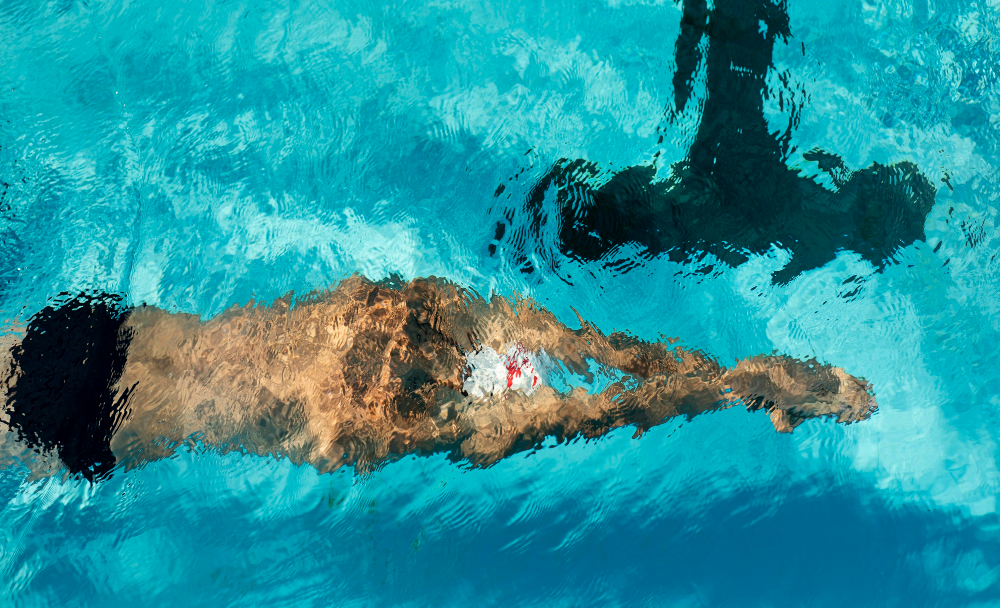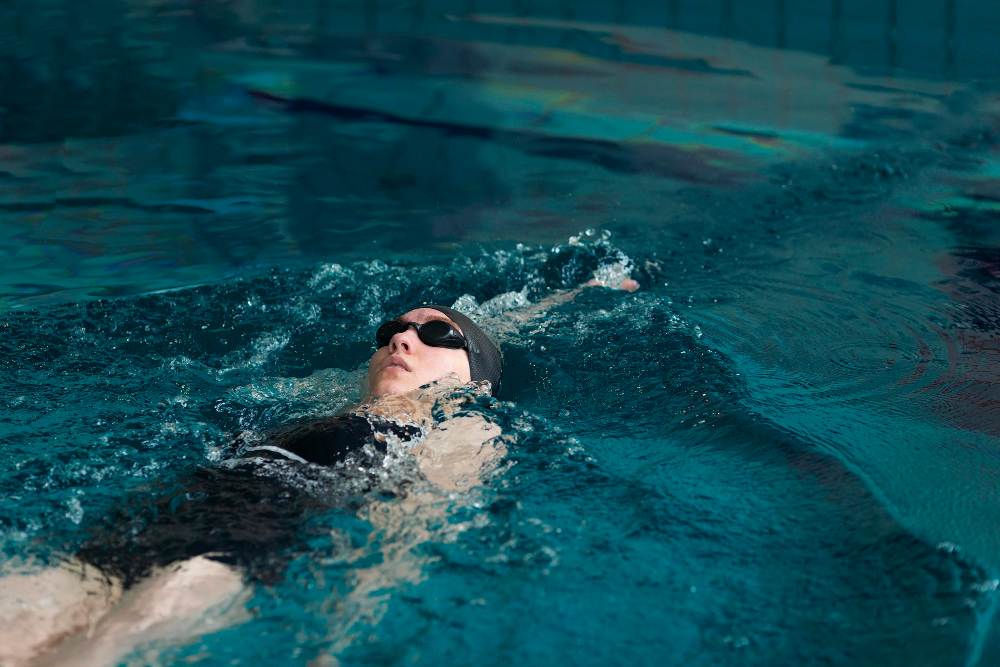Introduction
As the sun glistens on the water’s surface, the allure of a refreshing swim becomes irresistible. Whether you’re a seasoned swimmer or dipping your toes for the first time, understanding the dos and don’ts of safe swimming is crucial. In this blog, we’ll dive into the essential guidelines that ensure not only an enjoyable aquatic experience but also a commitment to water safety.
The Dos
1. Learn to Swim:
Do: Invest time in learning how to swim. Enroll in swimming lessons, even if you’re an adult. Knowing how to navigate the water is a fundamental skill that can prevent accidents and increase confidence.
2. Swim in Designated Areas:
Do: Choose established and designated swimming areas. These locations are monitored for safety, with lifeguards on duty. Follow posted signs and adhere to any rules or guidelines provided.
3. Supervise Children:
Do: Keep a vigilant eye on children in and around the water. Children should be supervised by a responsible adult at all times, even if they are proficient swimmers. Drowning incidents can happen quickly, and supervision is a key preventive measure.
4. Use Life Jackets:
Do: Wear appropriate life jackets, especially in open water or when boating. Ensure that life jackets fit properly and are suitable for the intended activity. Life jackets provide added buoyancy and can be life-saving in emergencies.
5. Warm-Up Before Swimming:
Do: Engage in a quick warm-up before diving into the water. Stretching and warming up your muscles can help prevent cramps and injuries during swimming.
6. Stay Hydrated:
Do: Drink water regularly, even if you’re surrounded by water. Dehydration can still occur, and maintaining proper hydration supports overall health and endurance while swimming.
7. Know Your Limits:
Do: Be aware of your swimming abilities and limitations. Avoid venturing into deep or challenging waters if you’re not confident in your skills. Overestimating your abilities can lead to dangerous situations.
8.Follow Pool Rules:
Do: Whether at a public pool or a private one, adhere to the established rules. These rules are in place to ensure everyone’s safety and enjoyment. Respect posted signs, lifeguard instructions, and pool etiquette.
The Don’ts
1. Don’t Swim Alone:
Don’t: Venture into the water alone, especially in unfamiliar or remote areas. Having a swimming buddy adds an extra layer of safety, providing assistance in case of emergencies.
2. Don’t Dive in Shallow Water:
Don’t: Dive headfirst into shallow water. Always check the water depth before diving and avoid diving in areas marked as shallow. Head injuries and spinal cord injuries can result from diving into water that is too shallow.
3. Don’t Swim During Thunderstorms:
Don’t: Swim during thunderstorms or when lightning is present. Water is an excellent conductor of electricity, and swimming during a storm poses a serious risk of lightning-related injuries.
4. Don’t Overestimate Your Abilities:
Don’t: Assume you can handle challenging conditions beyond your skill level. Strong currents, large waves, or unpredictable weather can quickly turn a pleasant swim into a hazardous situation.
5. Don’t Use Alcohol or Drugs:
Don’t: Consume alcohol or drugs before or during swimming. These substances impair judgment, coordination, and reaction times, increasing the risk of accidents and drowning.
6. Don’t Ignore Warning Signs:
Don’t: Disregard warning signs, whether they relate to strong currents, dangerous marine life, or specific rules at a swimming facility. Ignoring warnings can lead to avoidable risks.
7. Don’t Panic in Rip Currents:
Don’t: Panic if caught in a rip current. Instead, swim parallel to the shore to escape the current’s pull. Panicking and attempting to swim directly back to shore can exhaust even strong swimmers.
8. Don’t Run on Pool Decks:
Don’t: Run on pool decks or in areas surrounding water. Wet surfaces can be slippery, and running increases the risk of slips, falls, and injuries.
Conclusion
Swimming is a delightful and invigorating activity that spans generations and cultures. However, ensuring a safe swimming experience requires adherence to fundamental dos and don’ts. Whether you’re a casual swimmer or a water enthusiast, incorporating these guidelines into your aquatic routine fosters a culture of responsible enjoyment.
By understanding the importance of supervision, adherence to rules, and personal responsibility, swimmers can not only safeguard themselves but also contribute to a collective commitment to water safety. So, as you embark on your next aquatic adventure, remember to dive in with awareness, respect for the water, and a commitment to the dos and don’ts that make swimming a safe and enjoyable experience for everyone.




